African Mahogany
Sapwood is creamy white or yellowish color. When freshly sawn the heartwood is a light pinkish-brown color, that deepens to a reddish-brown and sometimes has a purple hue.
Shade: Dark
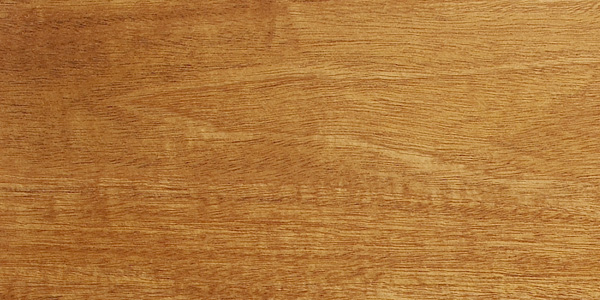
Sapwood is creamy white or yellowish color. When freshly sawn the heartwood is a light pinkish-brown color, that deepens to a reddish-brown and sometimes has a purple hue.
Shade: Dark
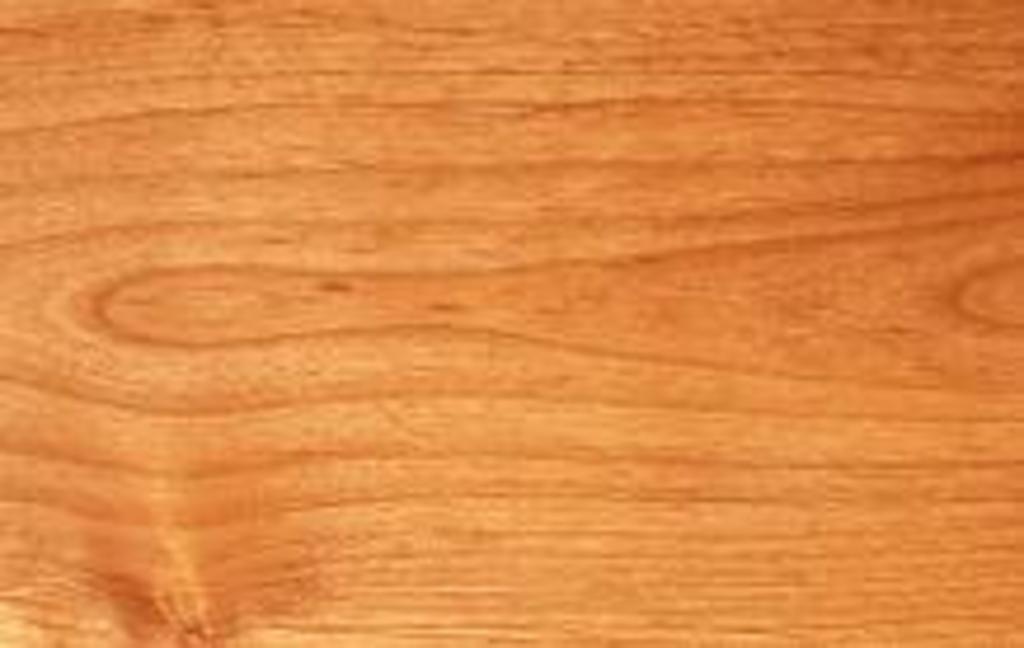
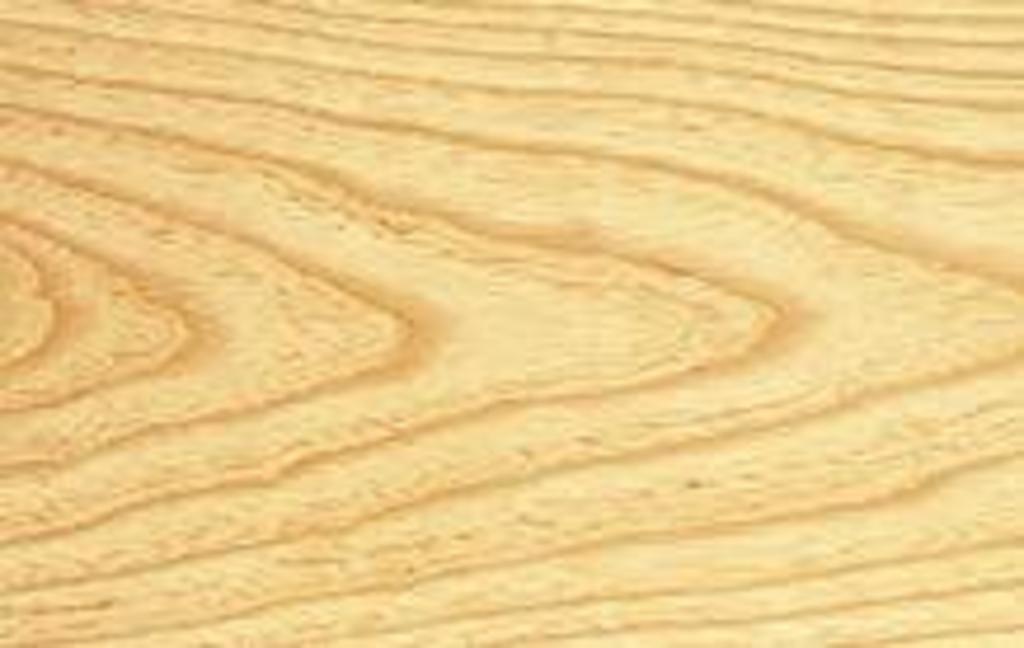


Sapwood usually quite large and creamy white in color, merging into the heartwood which is pale to reddish brown
Shade: light
Sapwood is white with a red tinge, while the heartwood is light to dark red/brown
Shade: light
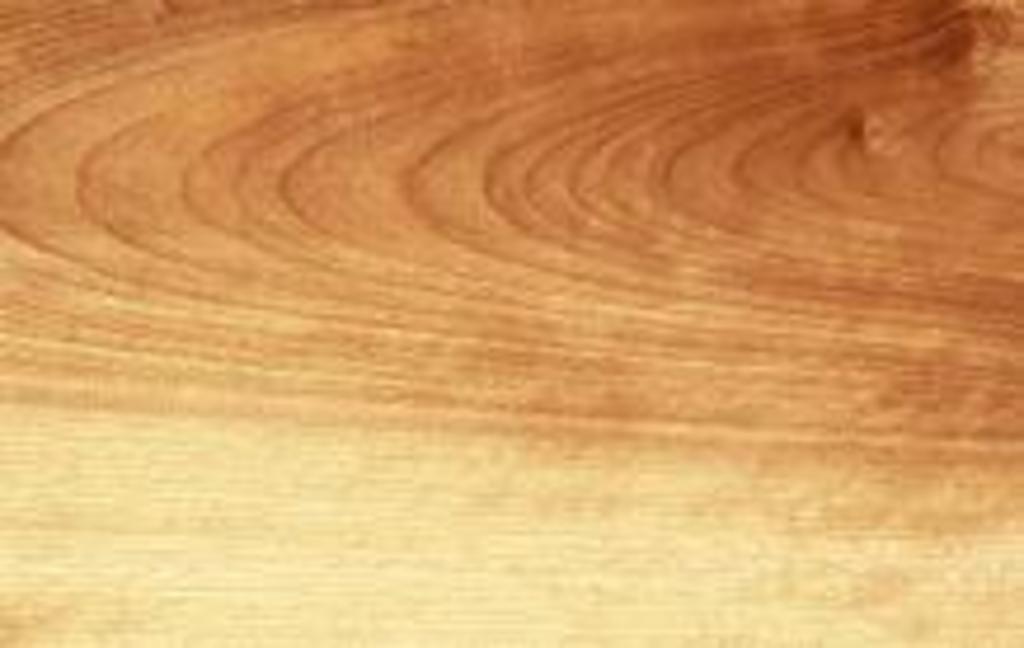
Sapwood appears light, with a cream-like or white color. Heartwood may be light reddish-brown or dark-brown tinged with red.
Shade: light
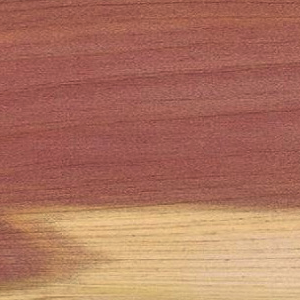
Heartwood ranges in color from medium reddish-brown to deep orange-red. Very fragrant.
Shade: medium
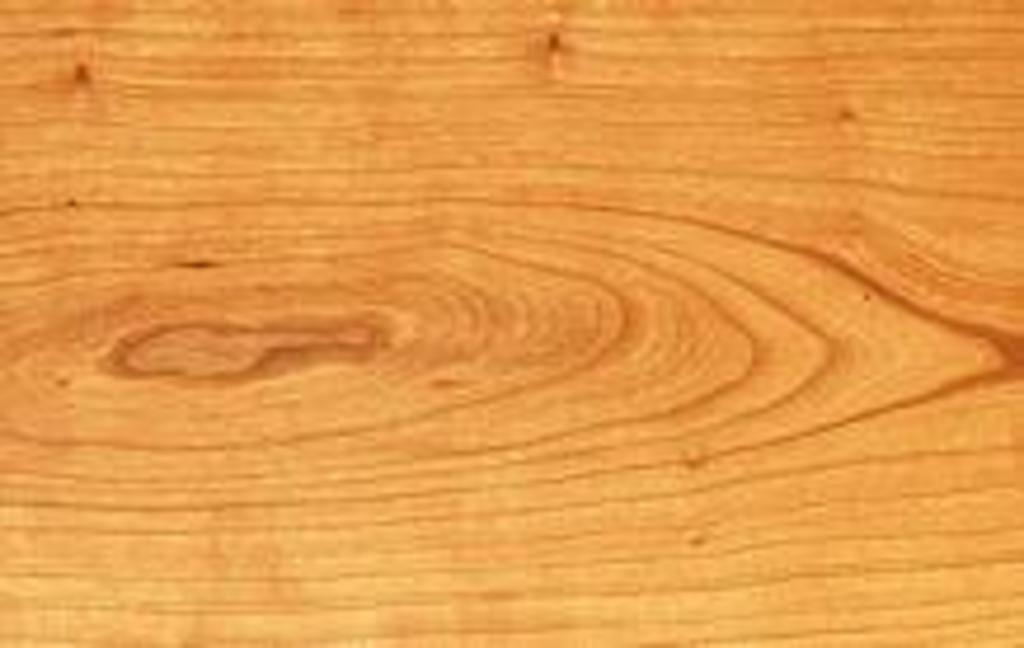
Heartwood varies from rich red to reddish brown and will darken with age and on exposure to light. Sapwood is creamy white. May naturally contain brown pith flecks and small gum pockets.
Shade: medium
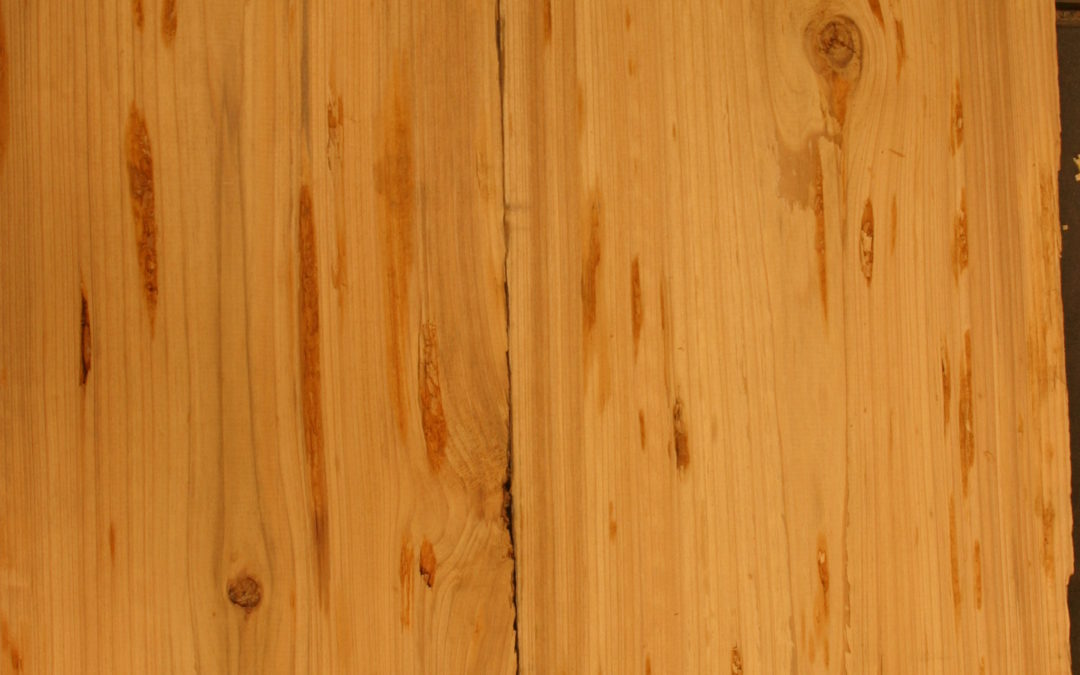
Sapwood is pale yellow white with heartwood varying in color from light to dark or reddish brown
Shade: light

Yellowish grey to light brown with yellow streaks, with Little difference between the sapwood and heartwood.
Shade: medium
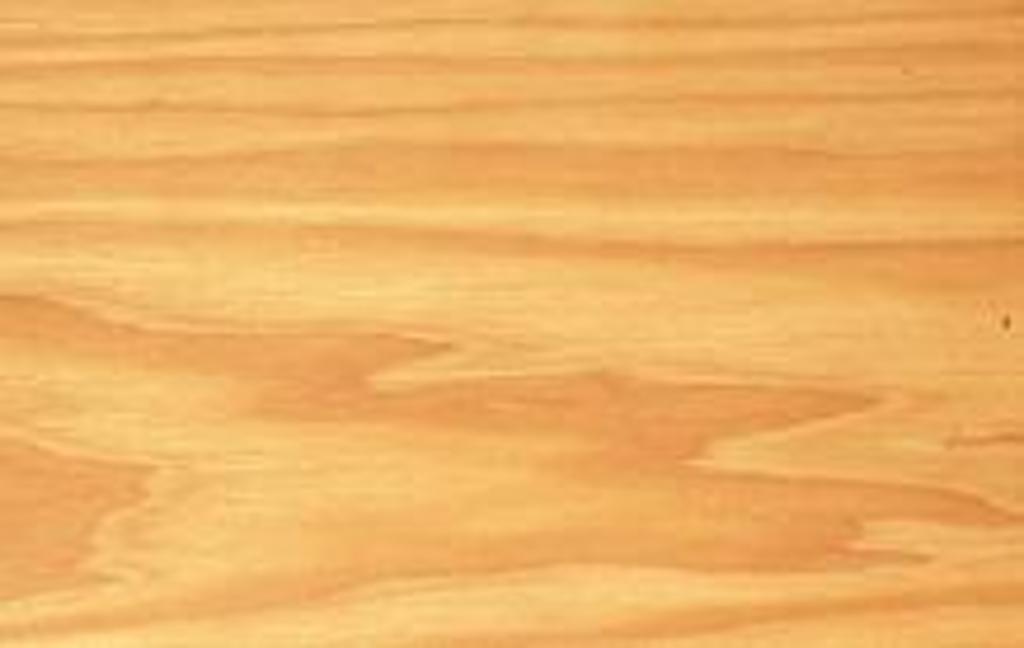
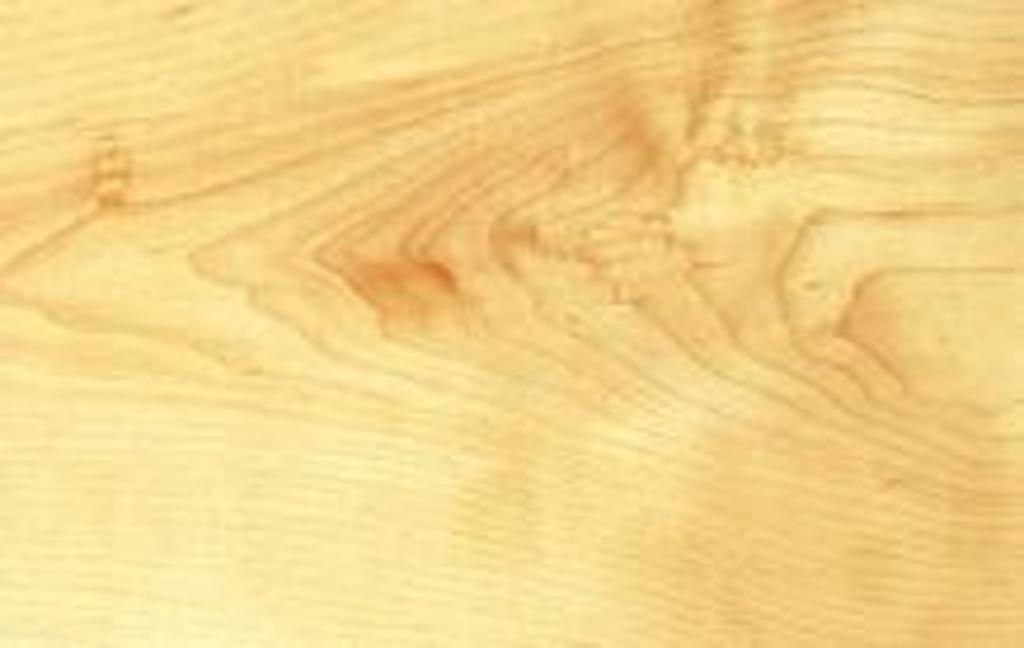
Creamy white sapwood, often tinged with pink or pale reddish brown tones. Heartwood is more red in color, varying from light to dark reddish-brown.
Shade: light

Sapwood varies in color from creamy white to greyish-white and is sometimes marked with darker colored pith flecks. Heartwood varies from light to dark reddish-brown.
Shade: light
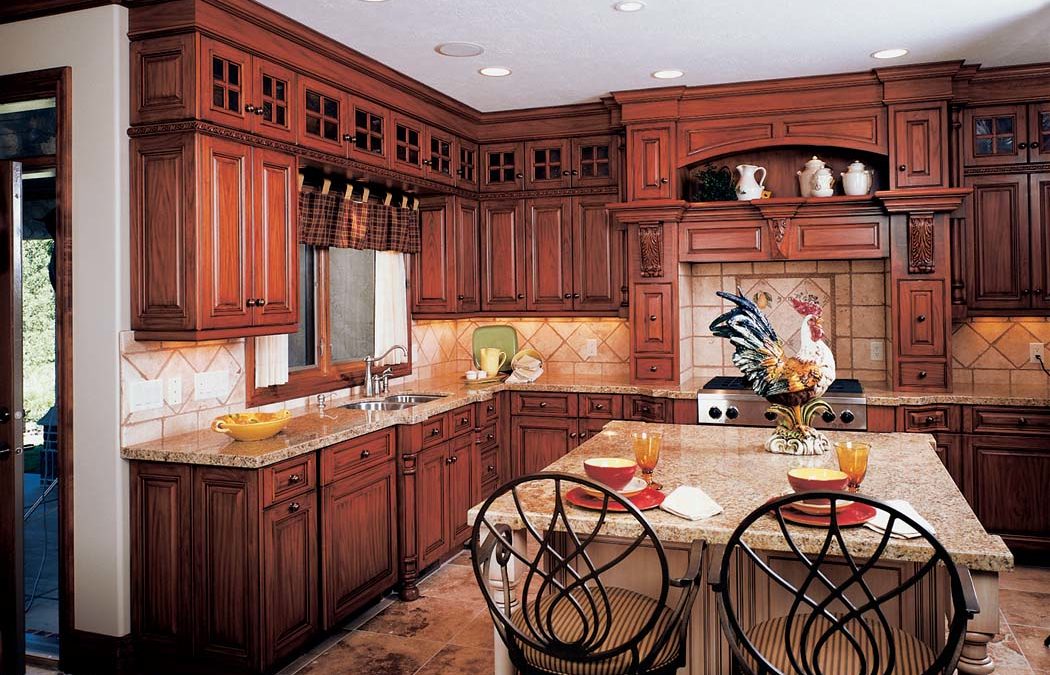
Pale pinkish-brown to almost white with almost no profound difference between heartwood and sapwood.
Shade: light

Sapwood is creamy white and may be streaked. The heartwood is usually tan but can vary from pale yellowish brown to olive green. The green color in the heartwood will tend to darken on exposure to light and turn brown.
Shade: light

Sapwood in greyish white to light brown in color, with heartwood that is reddish brown to dark brown in color.
Shade: medium
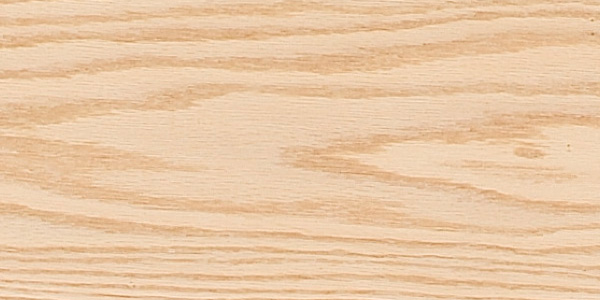
Sapwood ranges from white to light brown in color and the heartwood is a pinkish reddish brown.
Shade: medium
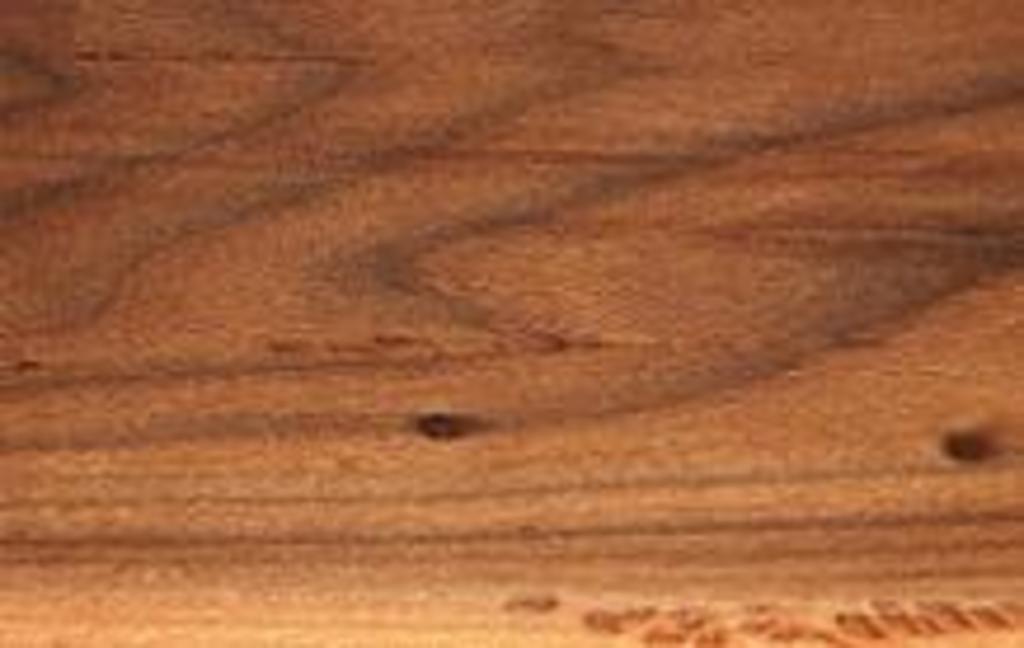
Sapwood tends to be wide and is white to light pink, while the heartwood is reddish brown, often with darker streaks.
Shade: medium
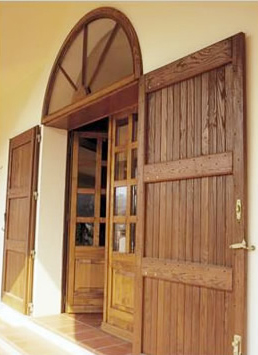
Narrow sapwood is yellowish white, with a pale brown to orange brown heartwood.
Shade: medium
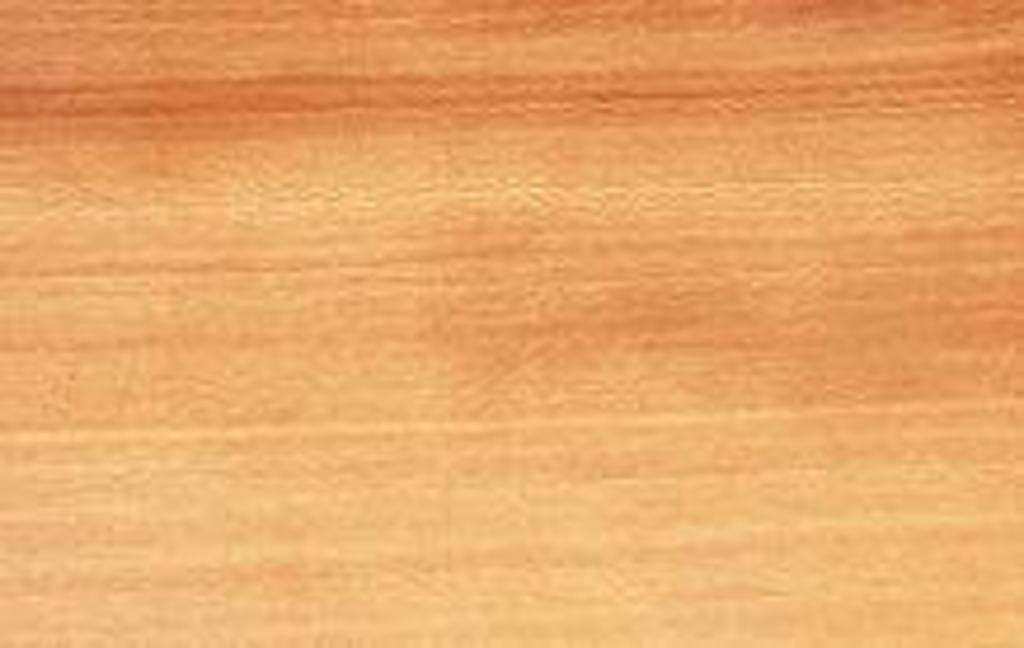
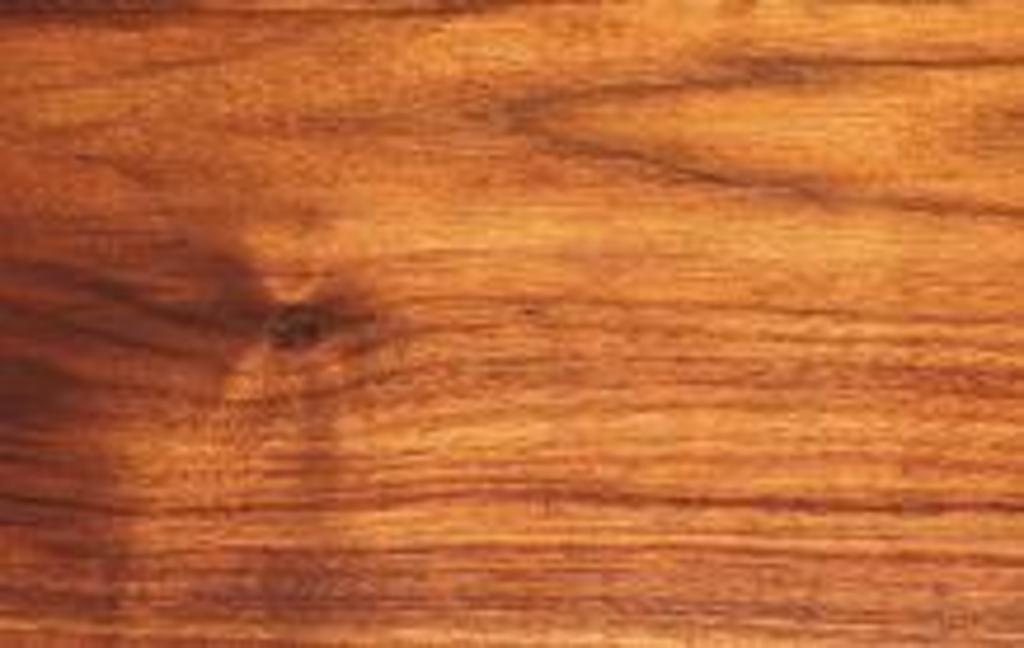
Sapwood is creamy white, while the heartwood is light to dark chocolate brown, occasionally with a purplish cast and darker streaks. Walnut is usually supplied steamed to darken sapwood.
Shade: dark
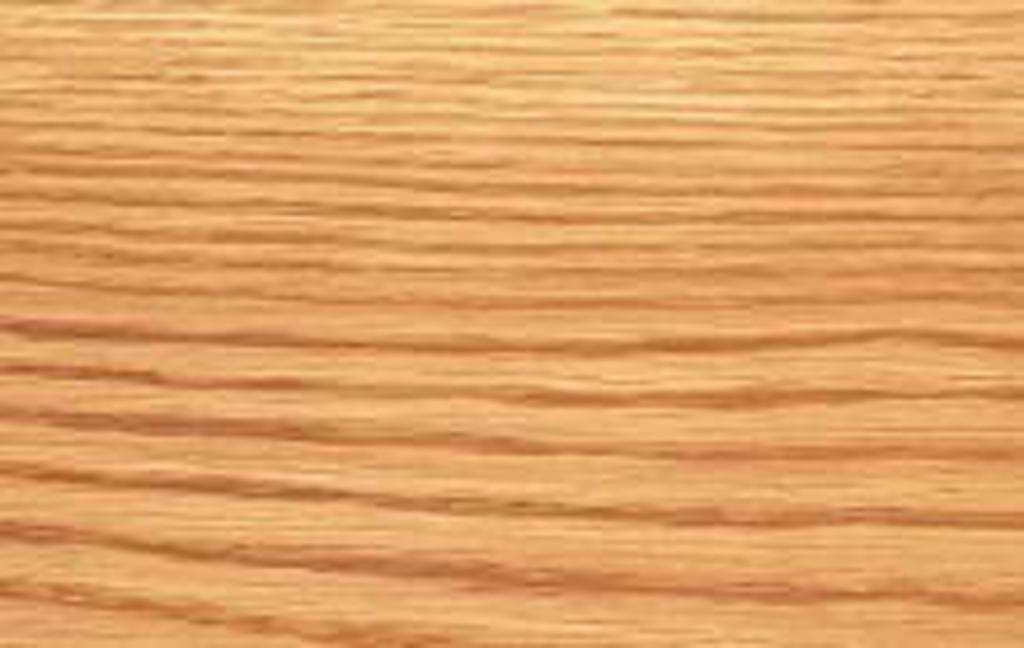
Sapwood is light in color and can range from a pale yellow-brown to a greyish white. The heartwood may be either light brown in color or a darker brown with deep, golden tones.
Shade: medium
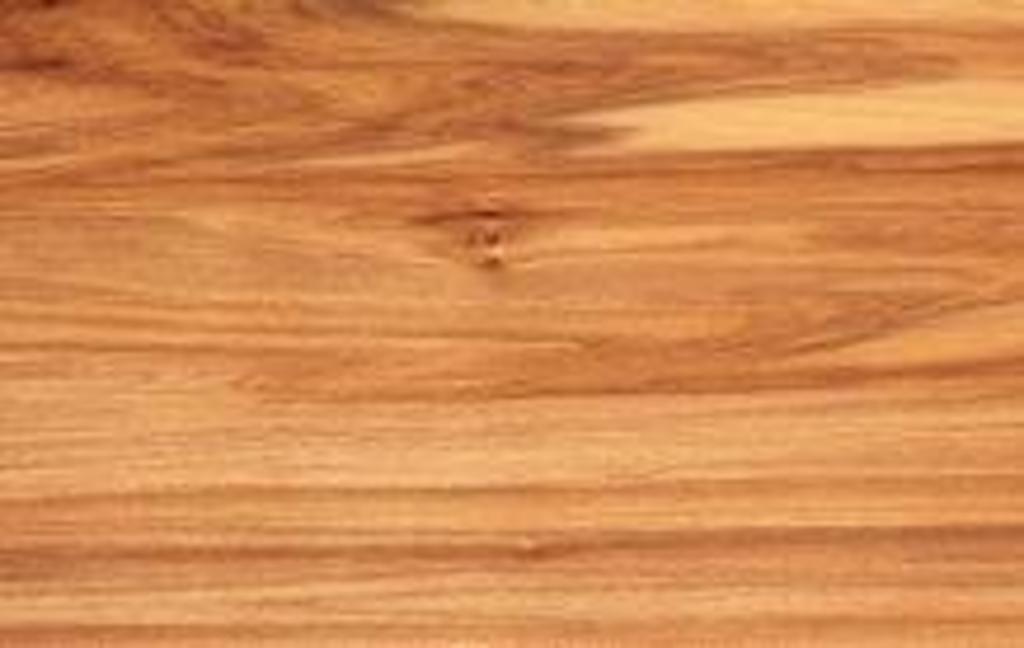
The sapwood of willow varies according to growing conditions and is light creamy brown in color. In contrast, the heartwood is pale reddish brown to greyish brown.
Shade: light
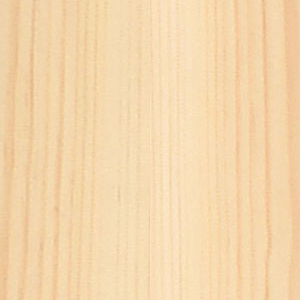
Sapwood usually appears pale and creamy, sometimes with yellow tones. Heartwood varies from a straw-like color to a deep yewllowish-tan color. Resin ducts often appear as fine brown lines.
Shade: light

Sapwood is narrow and golden light brown in color and clearly demarcated from the orange-brown heartwood. The heartwood tends to be lightly streaked and turns a brownish-yellow with exposure to light and air.
Shade: dark

Sapwood is a light pink or pale brown color, not always demarcated from the heartwood. Heartwood is a light salmon to reddish brown, darkening with age to a medium to dark brown. Quarter sawn surfaces exhibit a ribbon-like appearance similar to Sapele.
Shade: dark
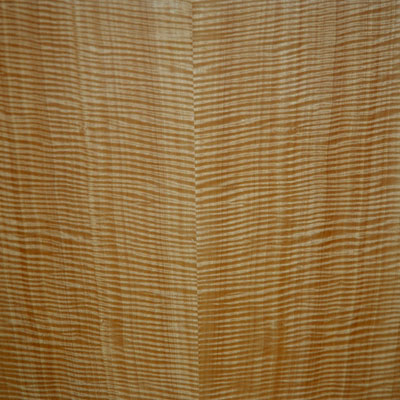
Heartwood is creamy yellow to pale pink or reddish-brown, darkening slightly upon exposure. The heartwood is not sharply demarcated from the sapwood, which is similar in color.
Shade: medium
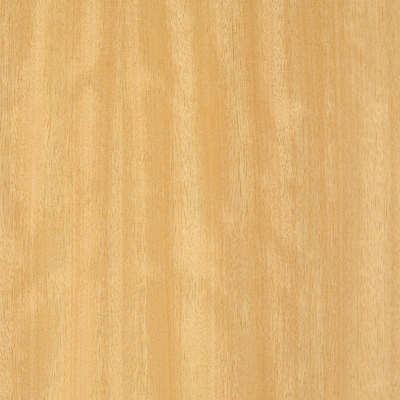
Sapwood and heartwood are very similar in color, which is creamy white to pale yellow, darkening with exposure to air and light to a deeper golden color.
Shade: light

Heartwood is pale in color, ranging in shades pale cream with a pinkish-brown or an orange-tan hue. The wood is typically sold steamed which gives the wood a more even and uniform color which can become more reddish-pink in tone.
Shade: light
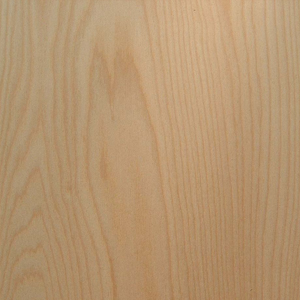
Wood is light creamy white to very light brown in color with no distinct difference between the heartwood and sapwood.
Shade: light
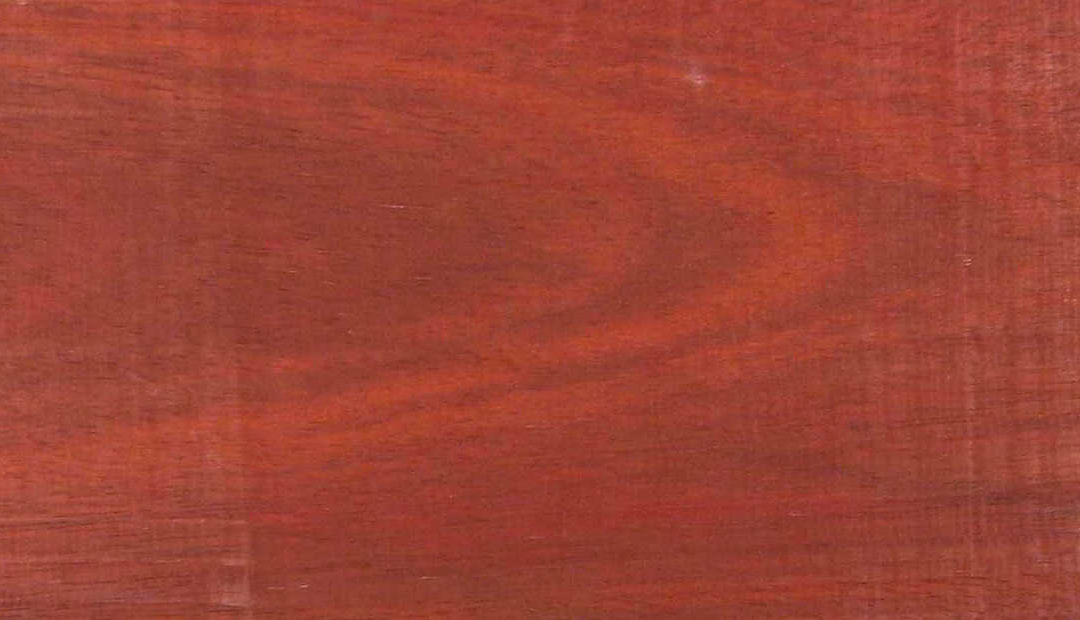
Bright vivid red. Color can darken to brownish red over time with exposure to light and air.
Shade: dark
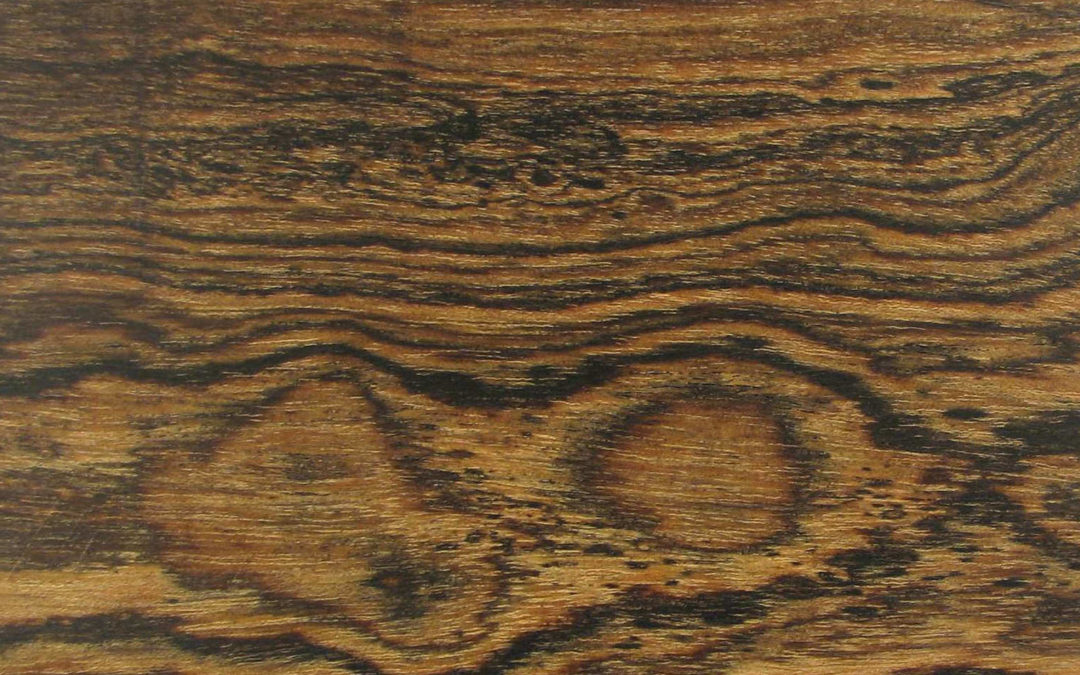
Ranges from tan to golden brown to pale golden yellow, with irregular brown streaks. Heartwood is sharply demarcated from the greyish or yellowish sapwood. With age, the heartwood can be tobacco colored or dark brown with almost black streaks.
Shade: dark
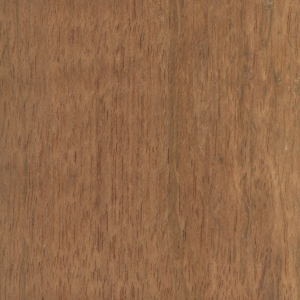
Sapwood can be wide and is either white or pink and sometimes gray. Heartwood varies from salmon red to orange brown which darkens to a red brown when exposed to sun.
Shade: dark
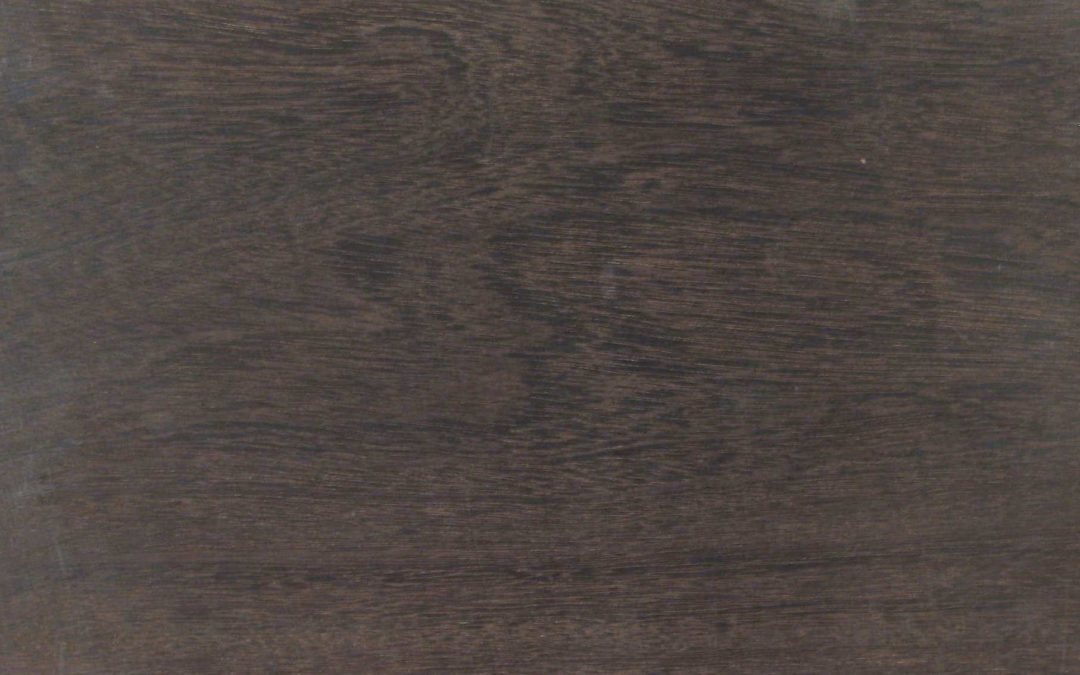
Wide range of colors and figures, from solid with even color, to streaked and marble-like figure. Heartwood ranges from olive brown to near black and can have lighter or darker markings that are sharply separated from the sapwood, which is lighter and yellow in appearance. When first cut, the colors and figure are bright and bold. Once exposed to air and light, the brightness of the wood diminishes and takes on a darker, more subtle appearance.
Shade: dark

Sapwood is typically a pale brown. Heartwood can vary from a light golden-brown to a dark brown and tends to darken over time. There can be dark spots or streaks (which are calcium carbonate deposits).
Shade: light

Wide range of colors and figures, from solid with even color, to streaked and marble-like figure. Heartwood ranges from olive brown to near black and can have lighter or darker markings that are sharply separated from the sapwood, which is lighter and yellow in appearance. When first cut, the colors and figure are bright and bold. Once exposed to air and light, the brightness of the wood diminishes and takes on a darker, more subtle appearance.
Shade: dark
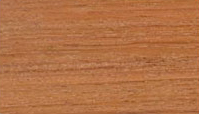
Sapwood can be wide and is either white or pink and sometimes gray. Heartwood varies from salmon red to orange brown which darkens to a red brown when exposed to sun.
Shade: dark
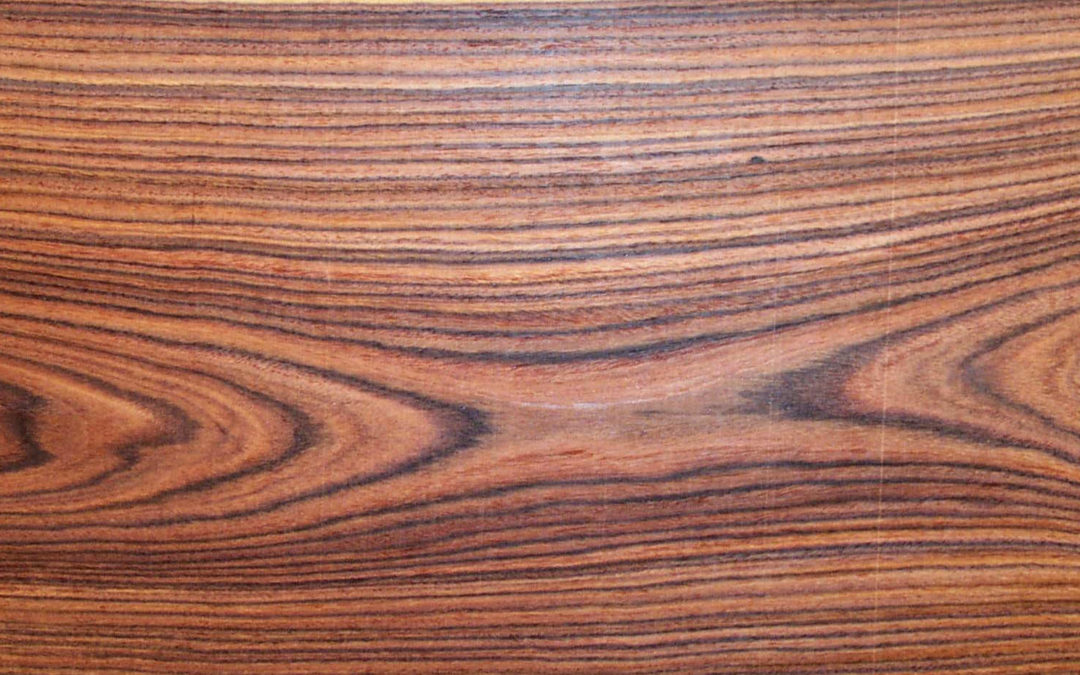
Heartwood is a dark purplish or reddish brown with darker black streaks. Sapwood is a pale yellow.
Shade: dark
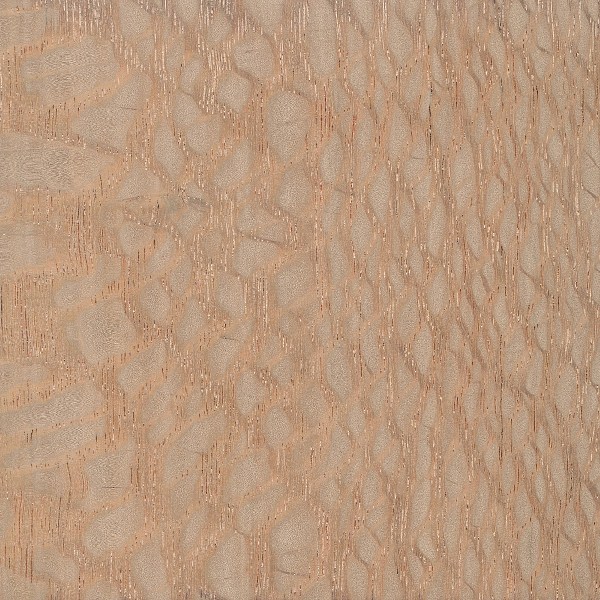
The narrow sapwood ranges in color from almost white to pale yellow. Heartwood is pale pink to light reddish-brown with a silver grain that gives the wood a silvery sheen. With age, the heartwood matures to a brownish color.
Shade: light
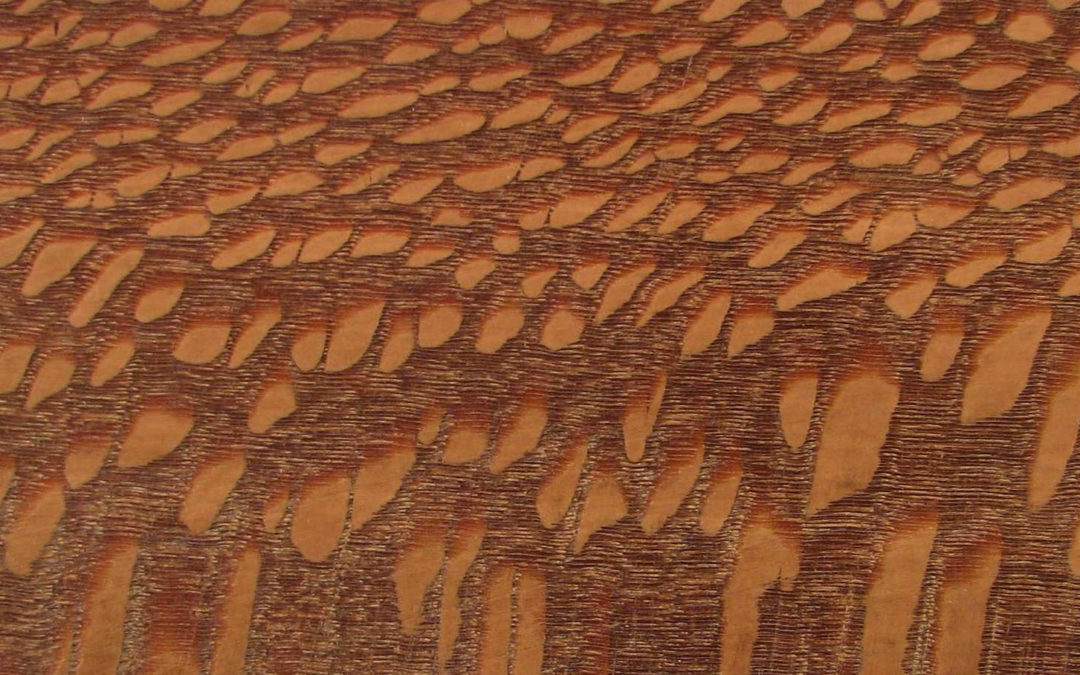
Sapwood of is brownish-red while heartwood is more chocolate-brown in color. Has a flaky, speckled figure with dark flecks, varying from a small lace-like pattern.
Shade: medium

Heartwood is a light yellowish to golden brown, sometimes with grey to nearly black streaks and veins. Wood with this darker figuring is referred to as Black Limba, while plain unfigured wood is called White Limba. Sapwood is a pale greyish to yellowish brown, not clearly demarcated from the heartwood. Color tends to darken with age.
Shade: dark

Wood ranges in color from a pale cream to a yellowish-brown or straw color with the sapwood and heartwood very similar.
Shade: light
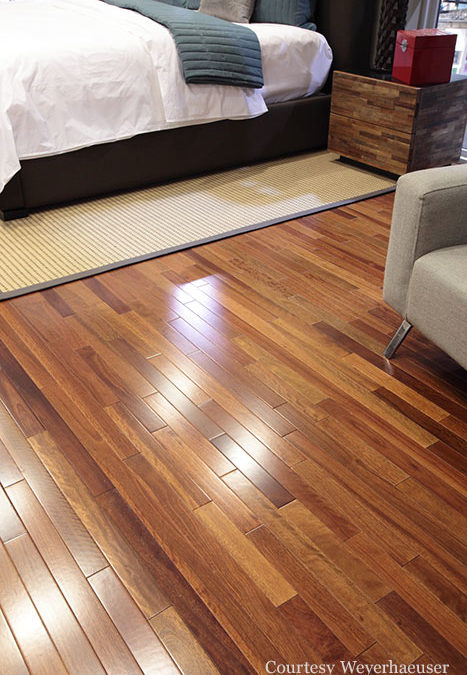
Lyptus lumber varies in color from light pink to red. The heartwood is a medium pink and the sapwood in paler. The sapwood is typically very narrow.
Shade: medium
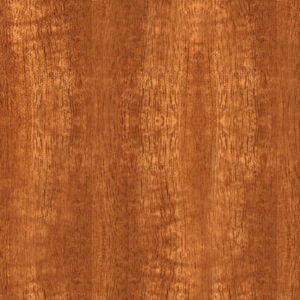
Sapwood is yellowish-white to pale brown, with heartwood that varies from medium to deep red-brown, and in some heavier woods, a deep, rich red.
Shade: dark

White sapwood is sharply demarcated from the heartwood. Heartwood offers a wide range of colors from light orange-brown tones to a dark reddish-brown in color.
Shade: dark

Heartwood ranges in color from pale pink to deep red, or red-brown. The sapwood is white to light pink, and is clearly demarcated from the heartwood. Figured grain patterns are commonly seen: mottled, curly, wavy and moire.
Shade: medium
Sapwood and heartwood not demarcated. Core color straw-white, lightly yellowish in color.
Shade: light
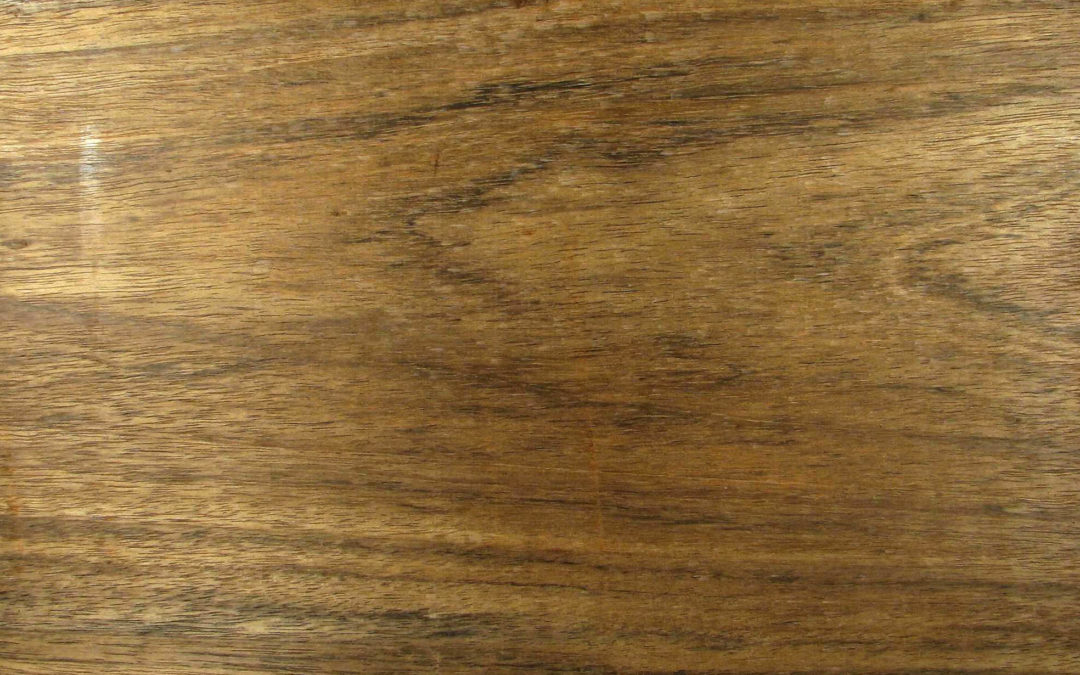
Sapwood is very pale with clear demarcations. A variety of colors can be found in the heartwood that include pink, vivid red, or red-brown with purple veining. On exposure, the veining becomes less conspicuous, and the deep colors fade to yellow or medium brown with a reddish tint.
Shade: medium
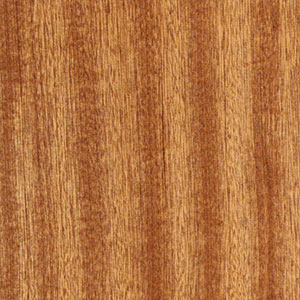
Sapwood is light brown in color and is well demarcated from the heartwood. Heartwood is a pinkish-brown to a red-brown, which can even have a purple tint.
Shade: medium
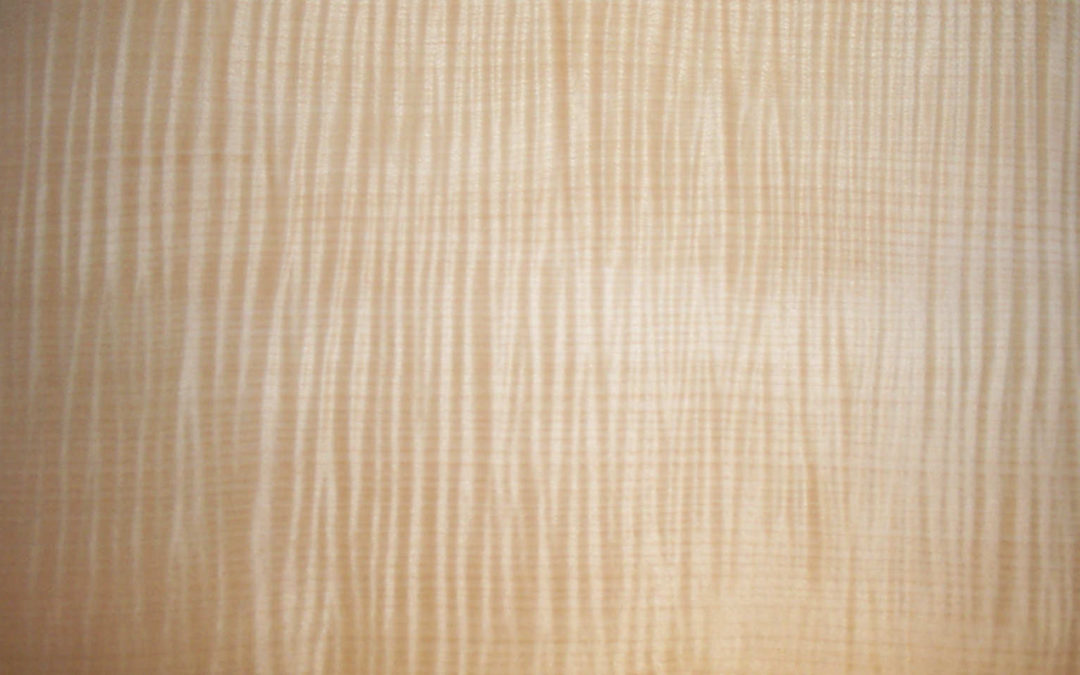
Sapwood is light-colored creamy white to light yellowish in color. The heartwood ranges in color from light to dark brown.
Shade: light
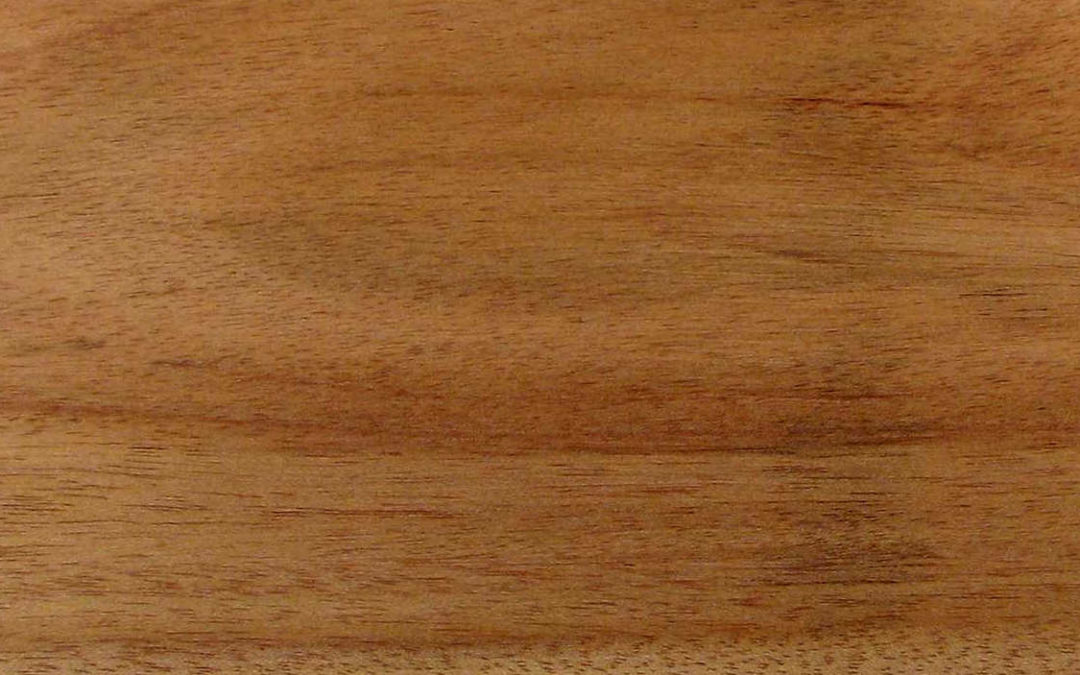
Sapwood is creamy white or pale pink and up to four inches wide and is not always sharply demarcated from the heartwood. The heartwood is a pinkish-brown or a dull, uniform red. When exposed to air and sunlight, the heartwood turns a deep red-brown.
Shade: light

Heartwood is almost always a rich golden brown in color, but may also vary from rich brown to a deep, chocolate brown with very dark markings. The sapwood is white to pale yellow in color, and is clearly demarcated from the heartwood.
Shade: dark

White sapwood that is sharply demarcated from the heartwood. Heartwood is golden-orange to brown in color and darkens with age. The wood can at times be colored with yellow bands of soft tissue that form a zigzag pattern on all surfaces, plus darker colored surrounding materials are usually present.
Shade: medium

Sapwood is light brown in color and is well demarcated from the heartwood. Heartwood is a pinkish-brown to a red-brown, which can even have a purple tint.
Shade: medium
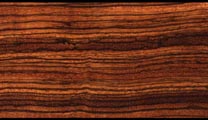
The sapwood is whitish in color, and virtually without feature. The heartwood is straw-like in color and distinctively marked with narrow veining or “streaks” of color ranging from dark brown to almost black.
Shade: dark
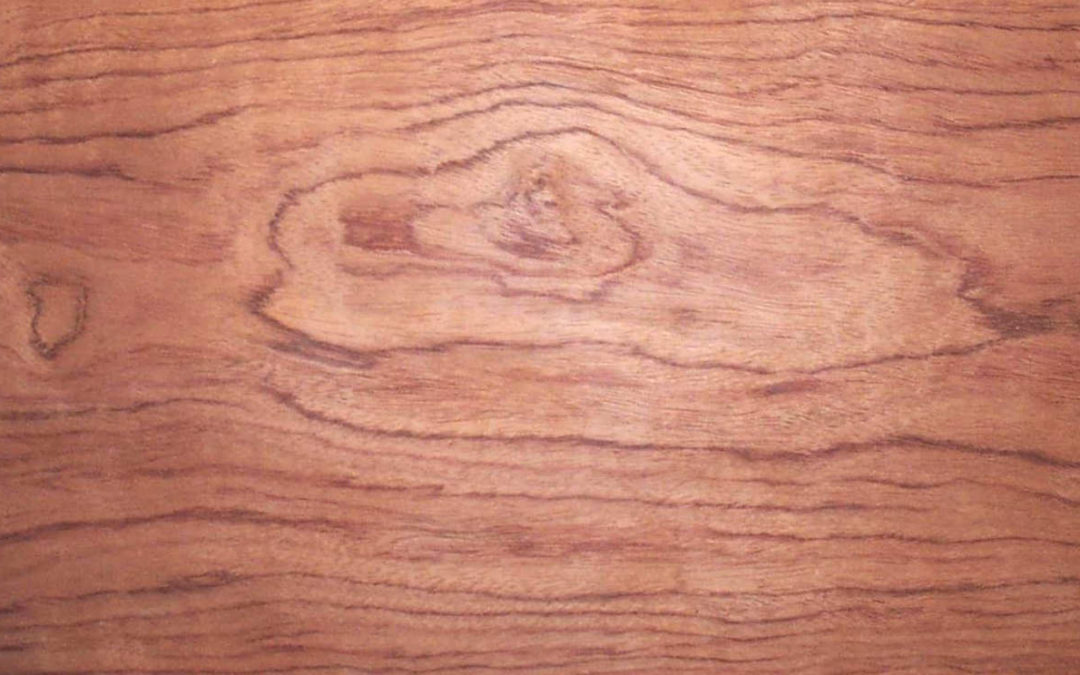
Sapwood is very pale with clear demarcations. Heartwood can be a variety of colors, including pink, vivid red or red-brown with purple veining. With exposure, veining becomes less conspicuous and deep colors fade to medium brown with a reddish tint.
Shade: dark
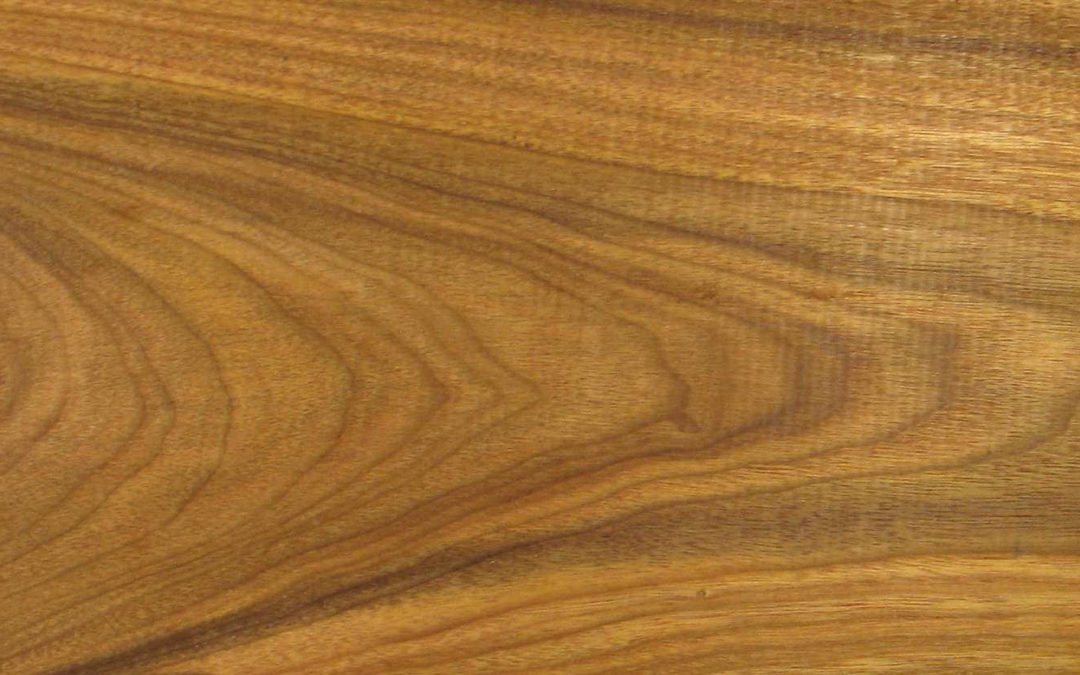
Sapwood, which is clearly demarcated from the heartwood, is pale yellowish. Heartwood is a vivid yellow or orange, usually variegated and sometimes rainbow-hued. Typically darkens to red or brown.
Shade: medium

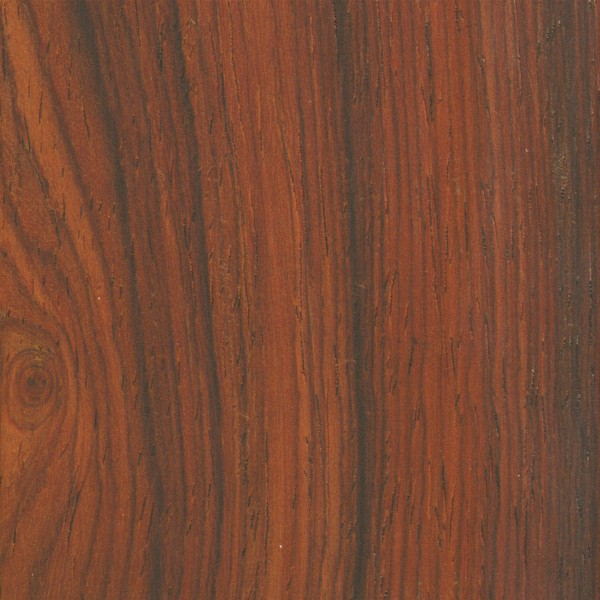
Heartwood contains many colors and can range from yellow, orange to a reddish-brown with dark brown to black streaks throughout. Sapwood is a whitish color and is not frequently used for commercial purposes.
Shade: dark

Sapwood is a yellowish-brown and is distinct from the heartwood, which is a reddish-brown to purple-hued brown. Exposure to light makes the overall color become more uniform.
Shade: dark
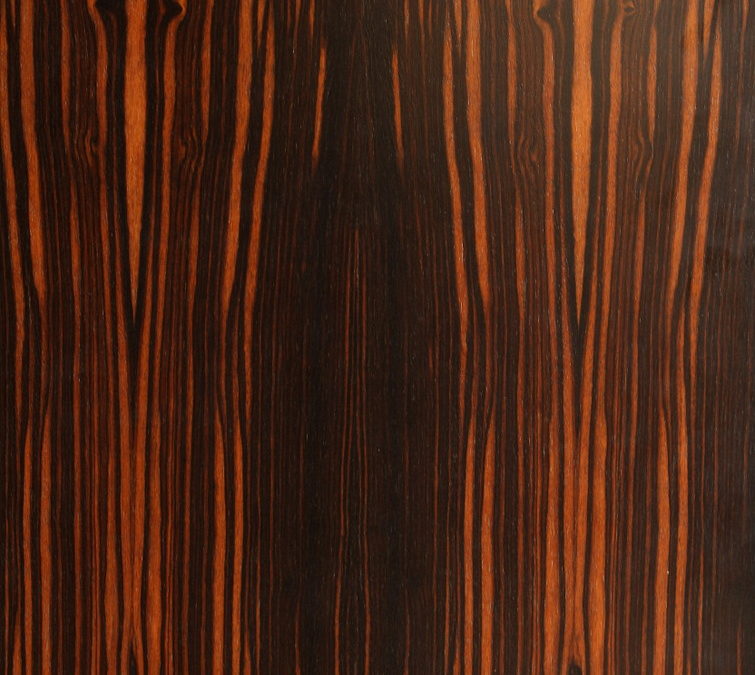

Heartwood is typically a medium reddish brown with irregularly spaced streaks of dark brown to black. Sapwood is easily distinguished from the heartwood and is a brownish-white to gray. Color tends to darken this wood with age.
Shade: medium
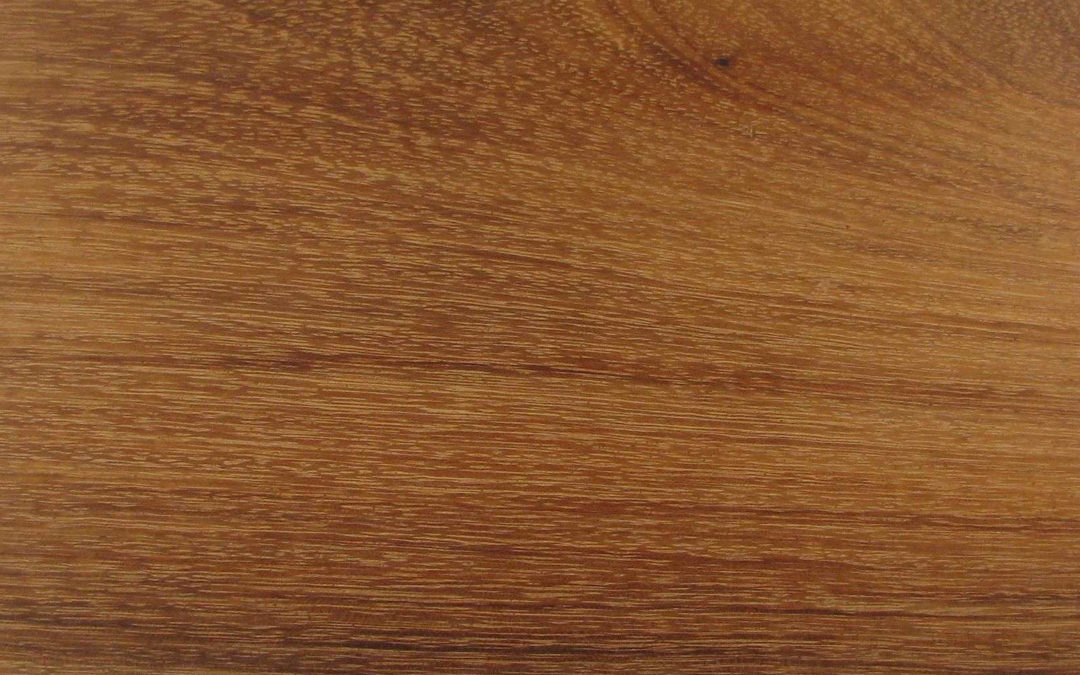
Heartwood varies somewhat in color and can be found in red, black and brown variations, sometimes with mottling and streaks. Sapwood is very pale, almost white.
Shade: dark

Heartwood typically olive-brown, with variations in color from a reddish-brown to a to a dark blackish brown. Sapwood is yellowish-white and easily distinguished.
Shade: medium
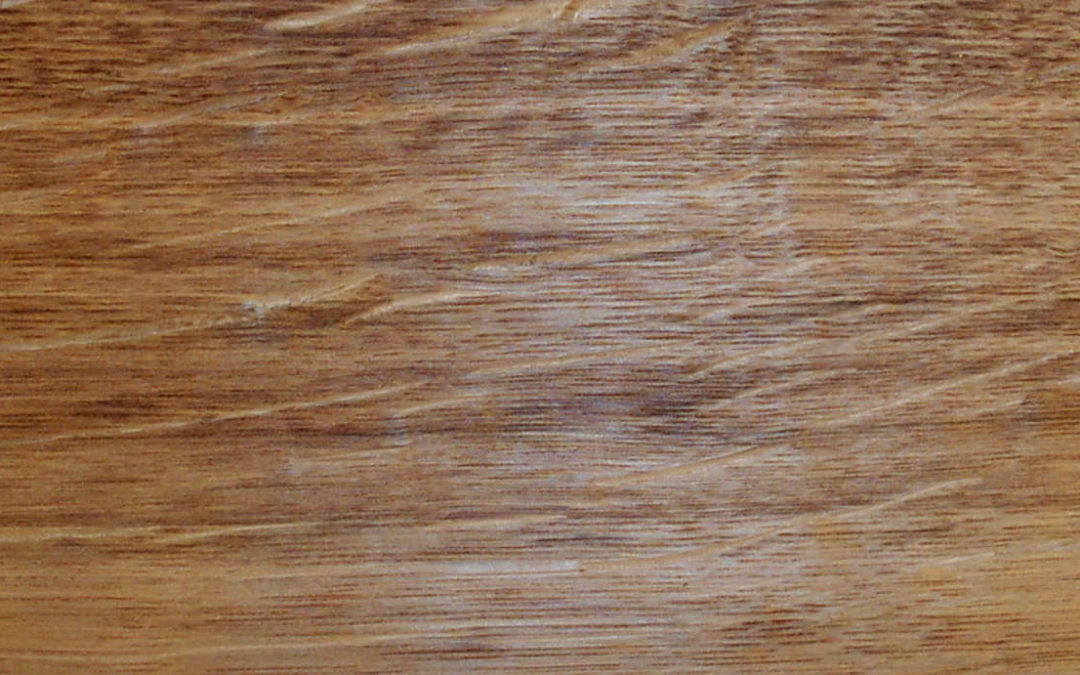
Sapwood easily distinguished from heartwood, though similar in color. Heartwood is a pale yellow-brown or “biscuit” color, that may range to light tan or deep brown in color. English Oak stained by the beef-steak fungus, often called Brown Oak, is extremely desirable and is converted into decorative veneers for use in furniture and paneling. This color cannot be reproduced with stains, and is considered highly desirable.
Shade: medium

Creamy-white to pale straw color with no demarcation between the sapwood and heartwood.
Shade: light
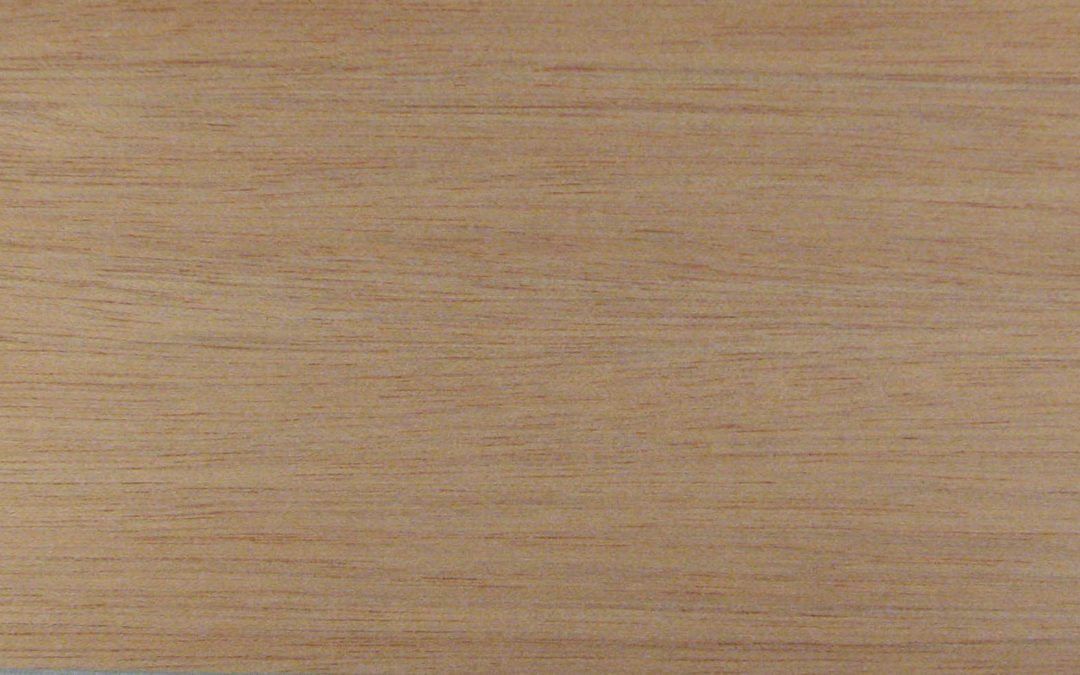
Heartwood is salmon pink to pale pinkish-brown or reddish-brown. It darkens with exposure to light to a mahogany-like color, and is relatively demarcated from the white to pale grey sapwood.
Shade: dark
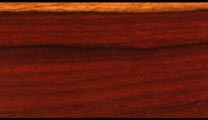
Vividly colored heartwood, that when freshly cut appears deep red. After exposure, it turns to a deep purple-brown with red streaks. The distinct sapwood ranges in color from white to yellowish-brown.
Shade: dark
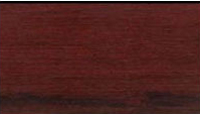
Off-white sapwood is sharply demarcated from the heartwood. When freshly cut the heartwood of Purpleheart is a dull grayish/purplish brown. Upon exposure the wood becomes a deeper eggplant purple. With further age and exposure to UV light, the wood becomes a dark brown with a hint of purple.
Shade: dark
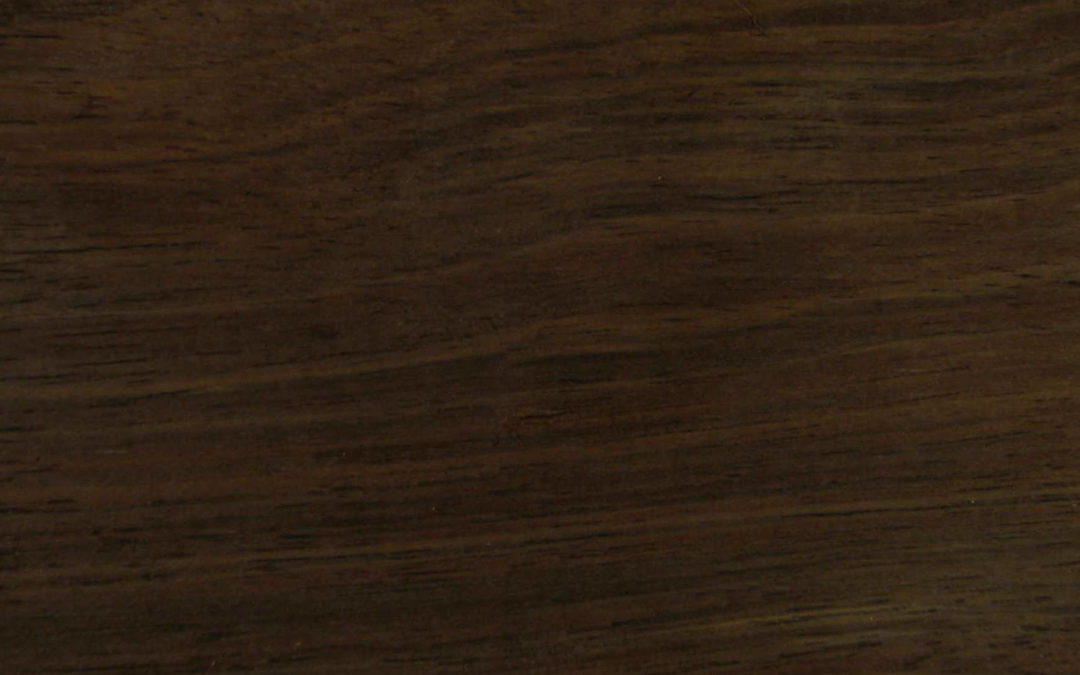
Deep, rich, dark chocolate brown heartwood with a blackish stripe that creates a desirable figure. It can sometimes have a purplish hue, and may also contain streaks of lighter-colored wood mixed throughout the heartwood—these streaks can sometimes be extensive and result in a high degree of waste.
Shade: dark

Heartwood is uniform pinkish light brown color. The sapwood, which is usual very narrow, is lighter in color.
Shade: medium
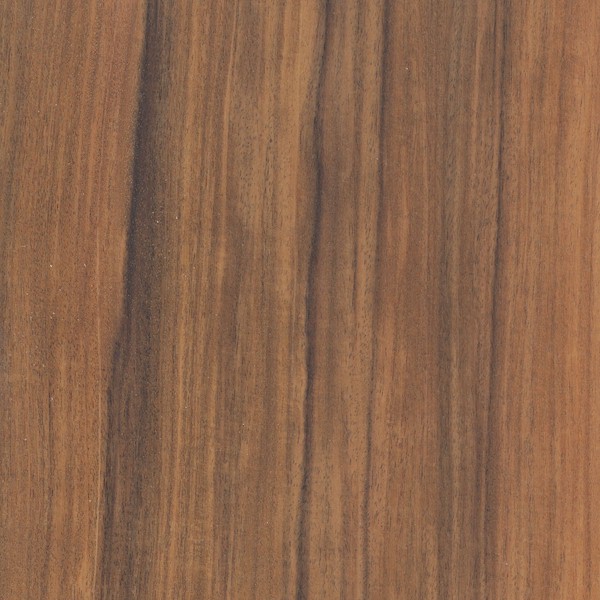
Yellow sapwood with an appearance distinctly different from the heartwood. The pinkish-brown to purple-brown tones of the heartwood appear in alternating dark and light streaks with black markings, creating a very attractive figure.
Shade: dark
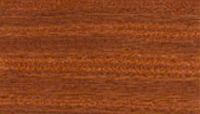
Heartwood is medium to dark-reddish brown with a medium texture, high-luster, pale yellow sapwood.
Shade: dark
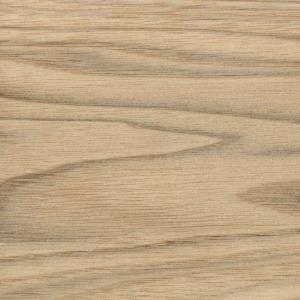
Sapwood, which is usually very narrow, is white to grayish brown. Heartwood is a chestnut brown color that can often contain pink and red tones variegated with different shades of brown.
Shade: light
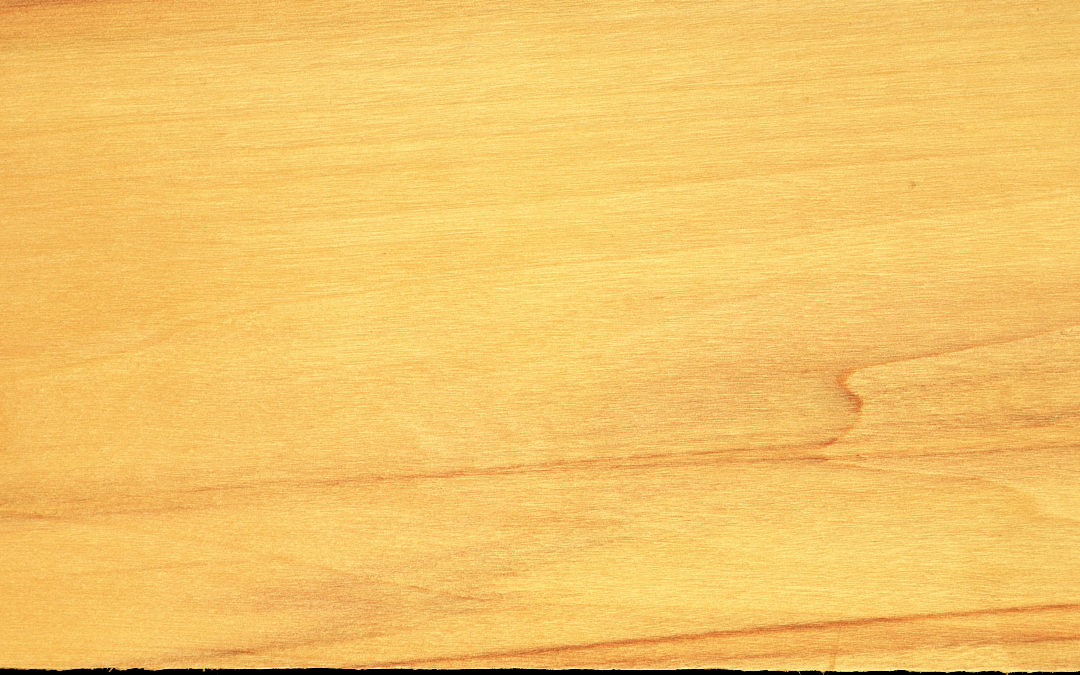
Sapwood is white and may contain brown streaks while the heartwood may be pale to light brown.
Shade: light

Heartwood is typically a medium reddish brown with irregularly spaced streaks of dark brown to black. Sapwood is easily distinguished from the heartwood and is a brownish-white to gray. Color tends to darken this wood with age.
Shade: medium